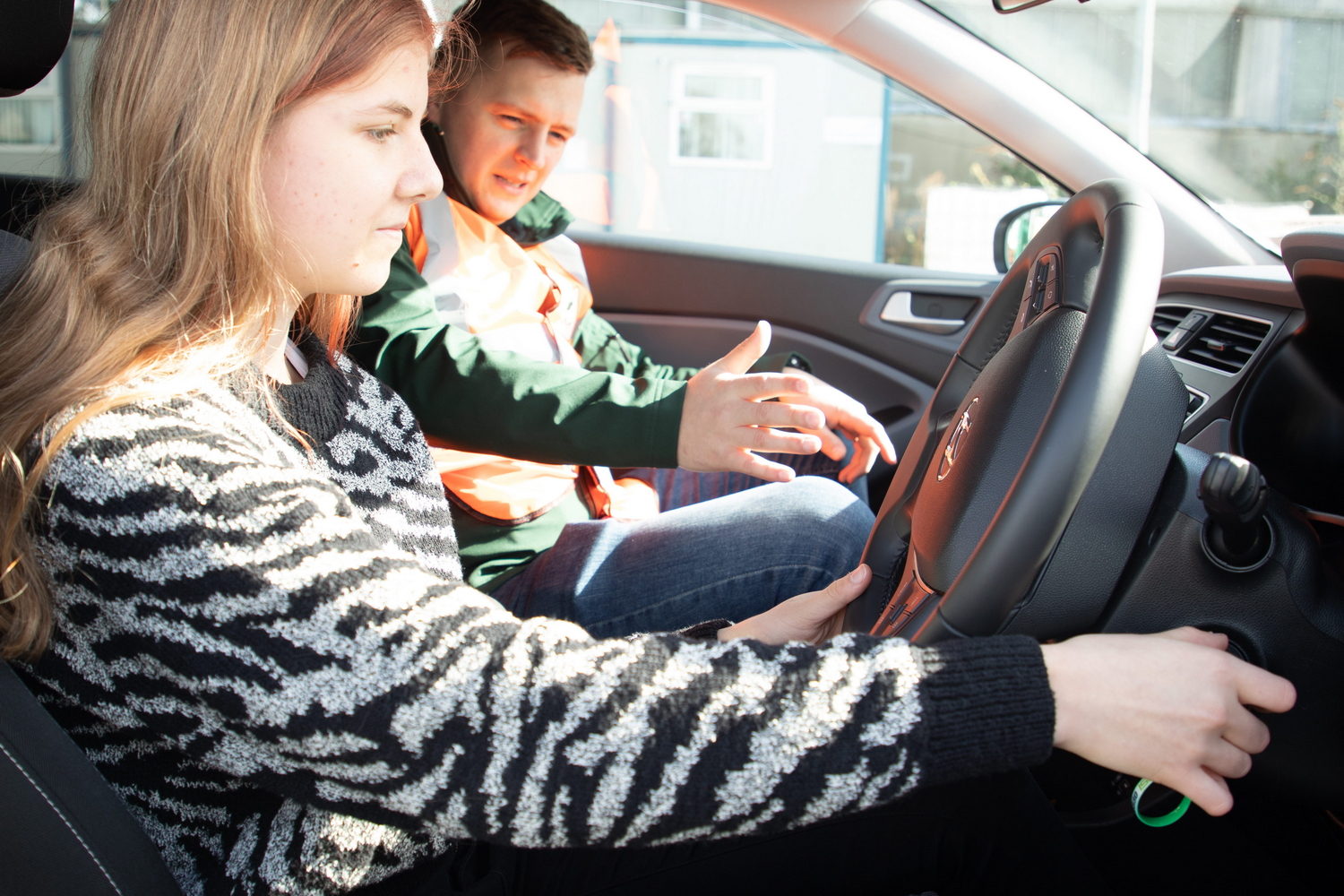Note: This article was written as part of a commercial content partnership between CompleteCar.ie and ISM.
So you've decided to learn how to drive. Well done, you. It might get a bit scary and a bit stressful at times, but we can help you with that, in part by getting you started off right. Don't be worried - like anything from football to flower arranging, driving is a skill, and one that can be taught, learned and honed. We have a series of articles to walk you through each step of the process, but here, to get you going, is a quick overview of what you'll need to do.
1. Sit your theory test
This is the first step to take, as you'll need to have passed your theory test in order to apply for your learner permit - which is a way more sensible way of doing things than the old system of getting a permit and then getting tested on theory when you're sitting your driving test... Buy the official theory test Q&As as a book or disc from all major book retailers or download the app from theorytest.ie, and get studying. And don't worry, the test isn't as hard as you think. You'll do fine.
2. Get your learner permit
You can do this by applying through the National Driver Licence Service (NDLS) and to get one you need to be over the age of 17, and have either a public services card or a verified MyGov ID card. You'll also need a proof of address and the €35 fee.
3. Get some driving lessons
This is a truly critical part. The old days of being taught by your parents and maybe having one or two professional lessons so you can learn the test route are long gone. Now you must take a minimum of 12 driving lessons, given by an instructor approved by the Road Safety Authority (RSA), such as the Irish School of Motoring (ISM). This is called the Essential Driver Training course (EDT) and don't think of it as a chore - think of it as an opportunity to build up vital skills.
4. Practise
That said, the minimum official 12 driving lessons really aren't enough. You'll need to get out and practise as much as you can - always accompanied by a fully-licenced driver, of course - and it's worth getting some extra professional lessons too. Every extra kilometre you rack up under supervision is worthwhile, as it all adds to your bank of experience.
5. Take your test
Gulp. It's the big day. You'll need to have booked your test via the RSA's website, and paid the €85 test fee. You'll be on the road for at least half an hour, depending on the route and how heavy the local traffic is. It is a good idea to prepare properly for your driving test with ISM's pre-test booster lessons. Don't panic - the tester isn't there to fail you on purpose, they just want to make sure you're safe to let loose on the road.
6. Being a new driver
You've done it! You've passed, and the L plates have gone, to be replaced by N plates. Now the responsibility is on you. Not for you the old clichés of young drivers being unskilled tearaways; you're going to show the rest of them how this is done, with discipline and precision. Just remember - you have a much lower penalty points threshold than a person who has passed their two-year novice period, and you have to observe stricter drink-driving laws (just don't drink, is the best advice). This is your chance though. Get out and show the world just what a good driver you can be.
Further reading
> Getting on the road: an overview of the process
Getting on the road: Taking - and passing - your driver theory test
Getting on the road: How to apply for your learner permit
Getting on the road: Your essential driver training
Getting on the road: Taking the driving test
Getting on the road: Now you've passed your test


